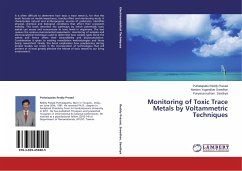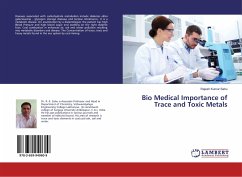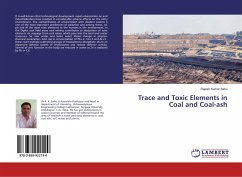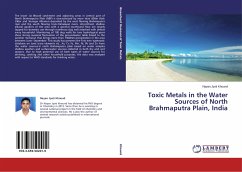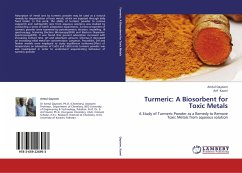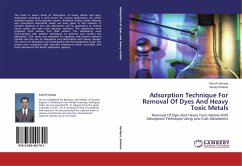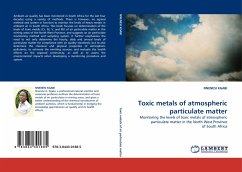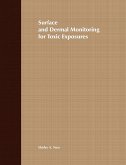It is often difficult to determine how toxic a trace metal is, for that this book focuses on metals importance, toxicity effect and monitoring study. It characterizes natural and anthropogenic sources of pollutants, identifies physical, chemical and biological conditions that affect their ecosystem mobility. This book describes the pathways by which potentially toxic metals can access and concentrate to toxic levels in organisms. The text reviews the various environmental assessments, monitoring of samples and electroanalytical techniques used to determine how sample types bond the metals and hence affect their bioavailibility and bioaccumulation. Consideration is given to existing remediation methodologies and those being researched. Finally, this book emphasizes how preplanning during project studies can result in the incorporation of technologies that will prevent or at least greatly alleviate the release of toxic metals to our living environment.
Bitte wählen Sie Ihr Anliegen aus.
Rechnungen
Retourenschein anfordern
Bestellstatus
Storno

